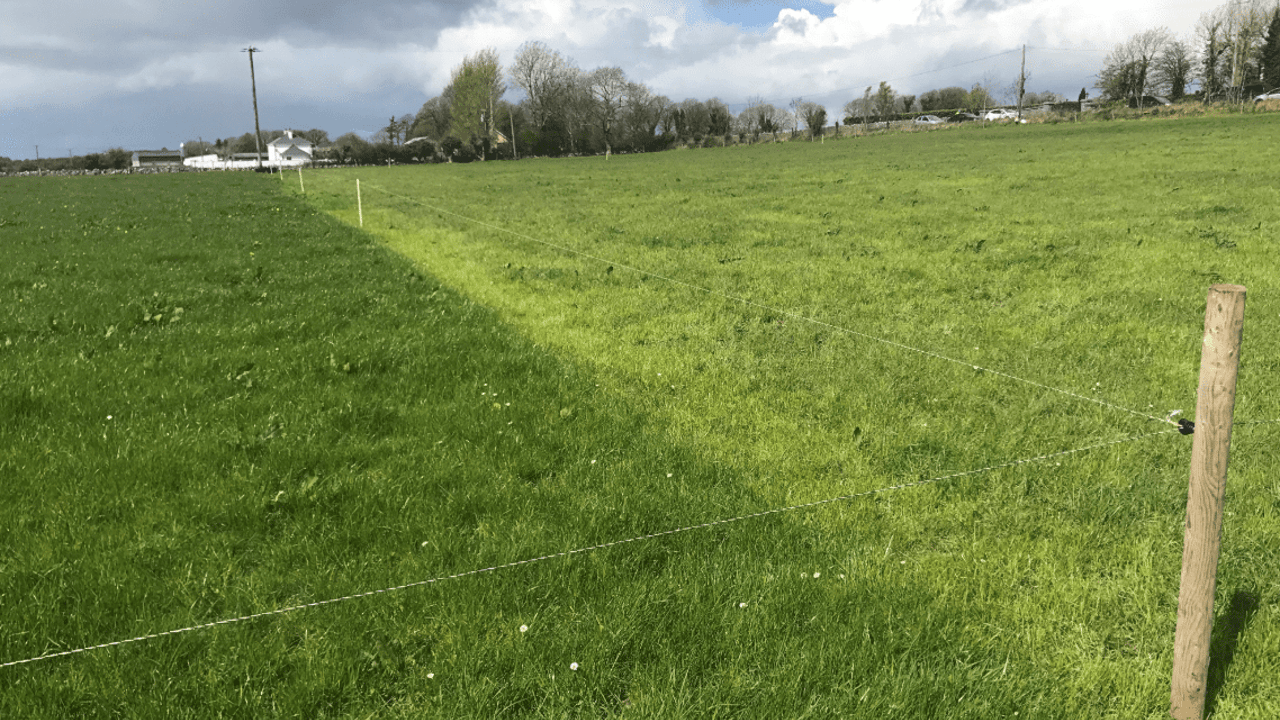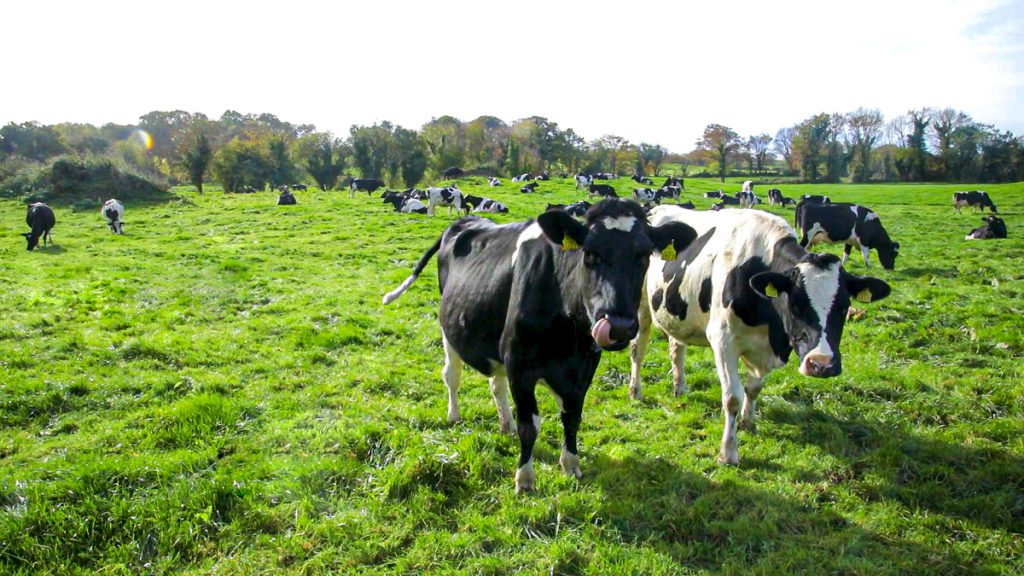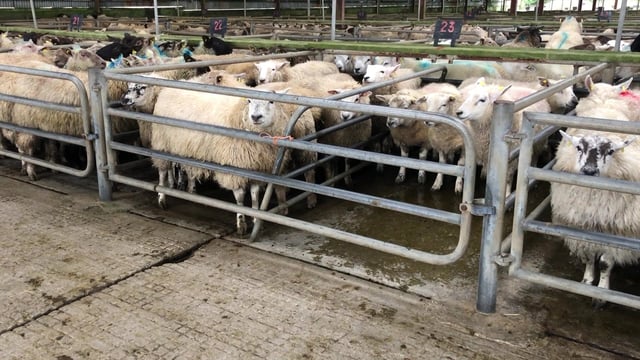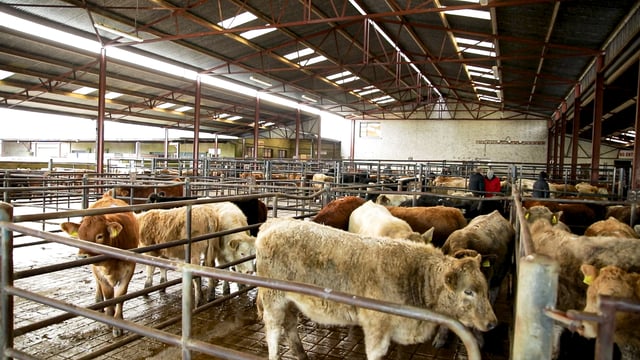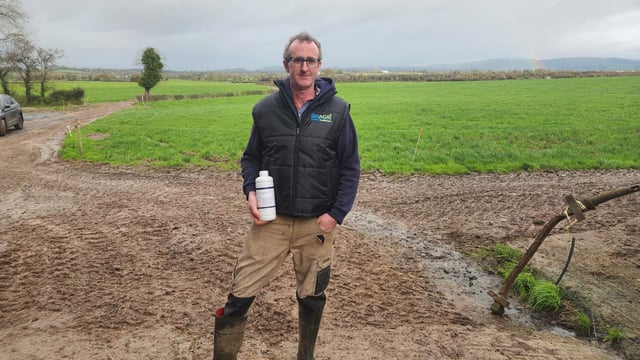Delayed turnout means grazing target of 30% has not been reached
The severe weather seen in the early part of February means the vast majority of farmers did not manage to reach the target of 30% of the farm grazed by March 1.
Many farmers, with the exception of those on very dry ground, have between zero and 10% of the farm grazed to date.
These farmers have a lot of catching up to do, if they are going to have grass available at the start of the second rotation.
For instance, if a paddock is grazed today – down to a cover of approximately 100kg DM/ha – it will only have a cover of 660kg DM/ha on March 30 (using an average growth rate of 20kg DM/ha for the month of March).
Therefore, in order for this paddock to have a sufficient pre-grazing cover of 1,200kg DM/ha by grazing, the first rotation must be extended.
In a further 15 days – using a slightly higher average growth rate of 35kg DM/ha – the pre-grazing cover would equate to 1,185kg DM/ha.
Keeping this in mind, farmers are advised to adjust their spring rotation planner (SRP) to suit their farm – and monitor where they are in terms of the area grazed so far.
There are many advantages to getting the cows out to grass, including a reduced workload; reduced feed costs; and higher milk yield and composition.
When there is an opportunity to graze, supplementation should be reduced and the amount of grass in the diet increased.
If the paddocks with the lowest covers are suitable for grazing, these should be targeted first to get through the area. If not, try get cows out on the driest paddocks or those which are most easily accessible.
Cows can achieve 90% of their daily grass intake in two to three hours after each milking compared to cows out full-time.

